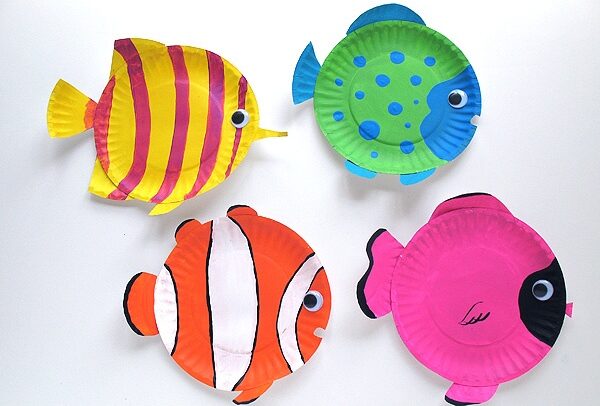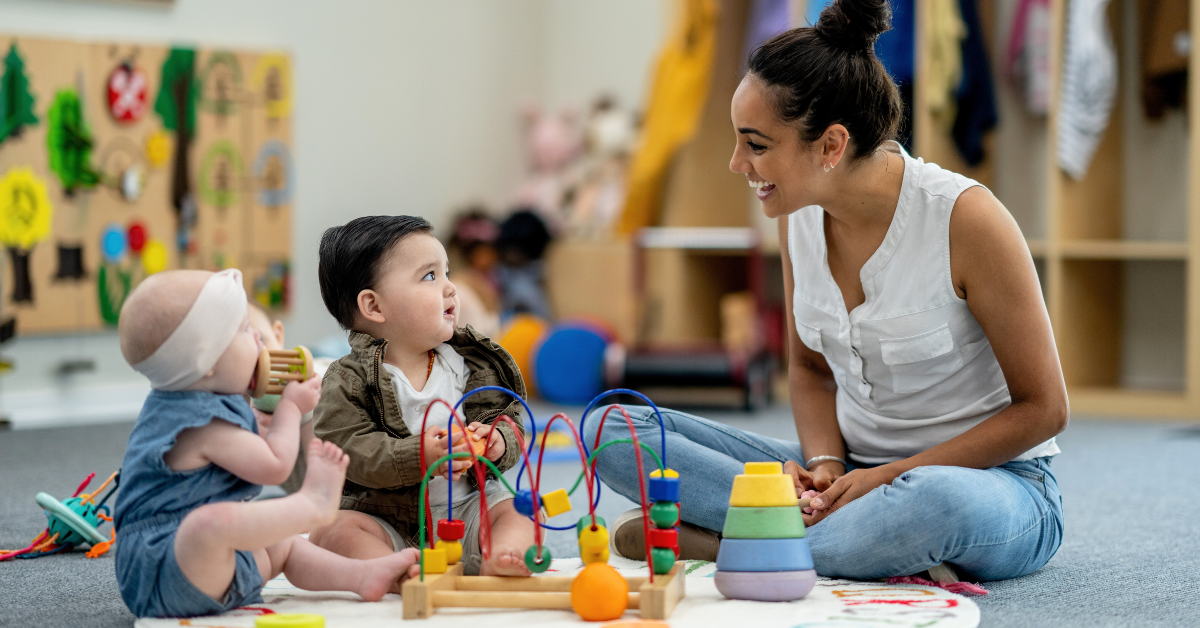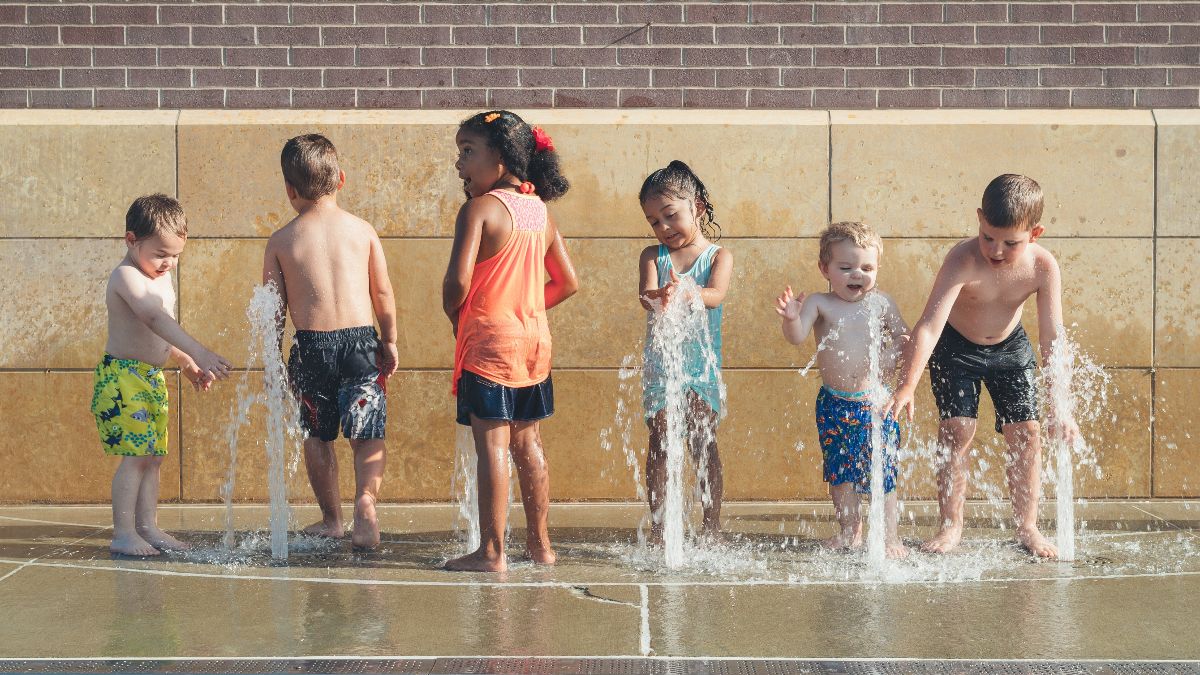Tips for Keeping Kids Cavity-Free and Smiling Bright
The American Dental Association recently changed its recommendations for children, now advising caregivers to start brushing children’s teeth with fluoride toothpaste as soon as the first tooth comes in, rather than





